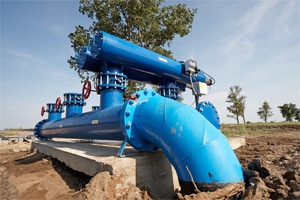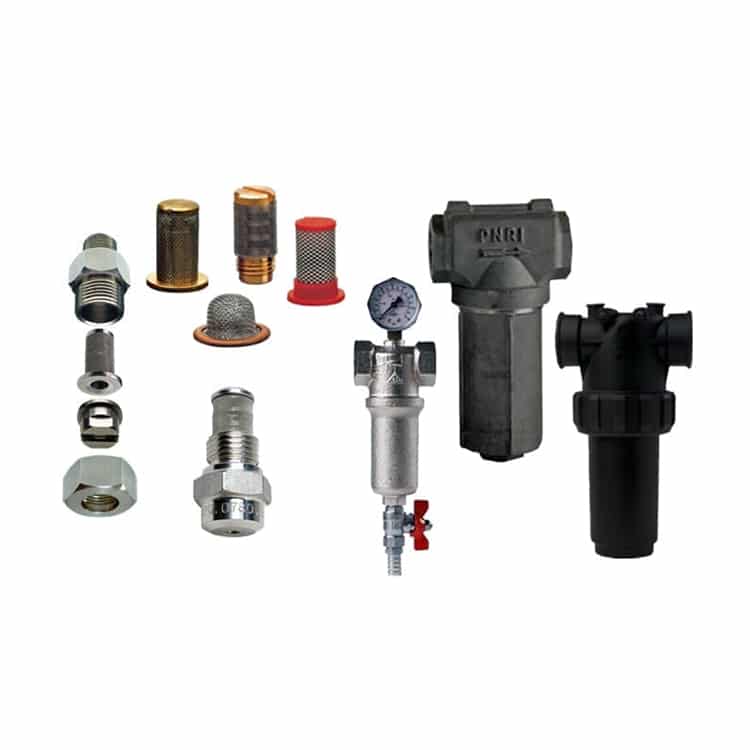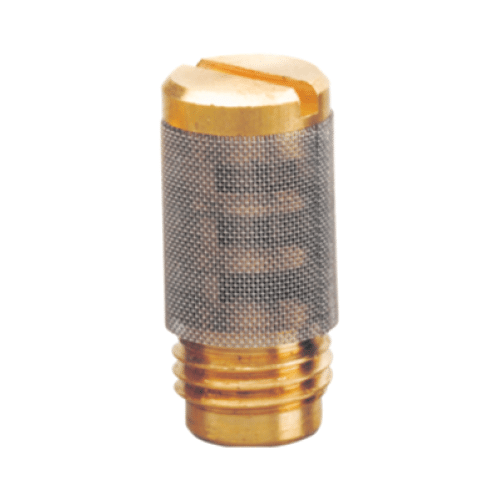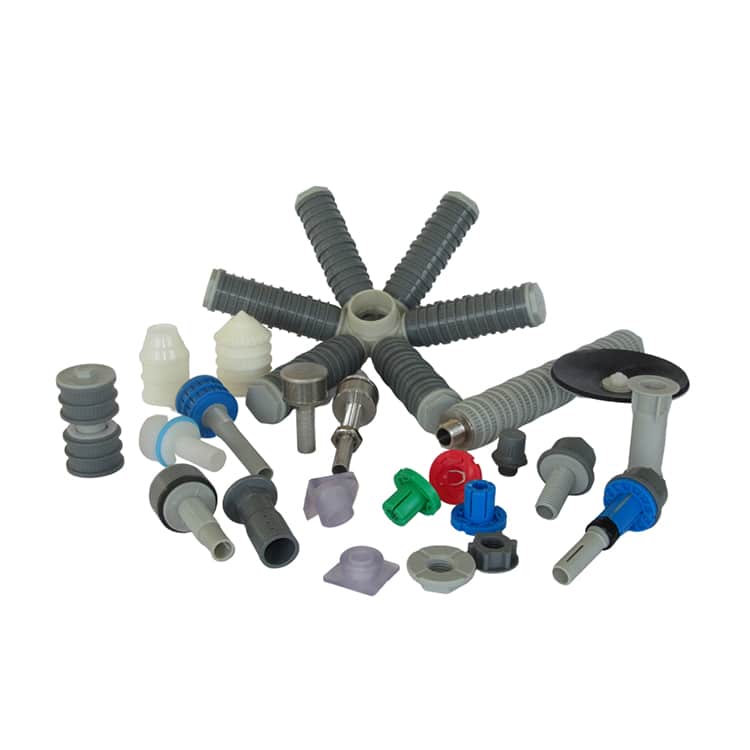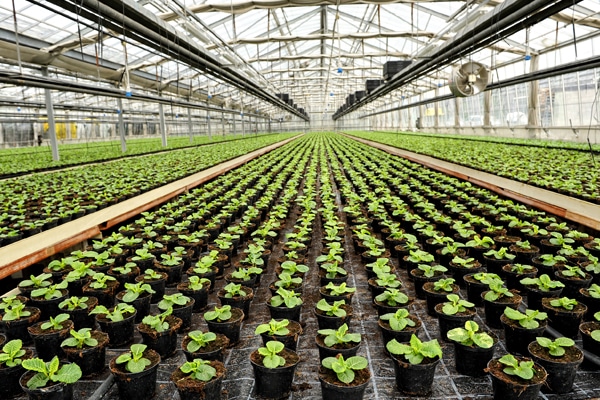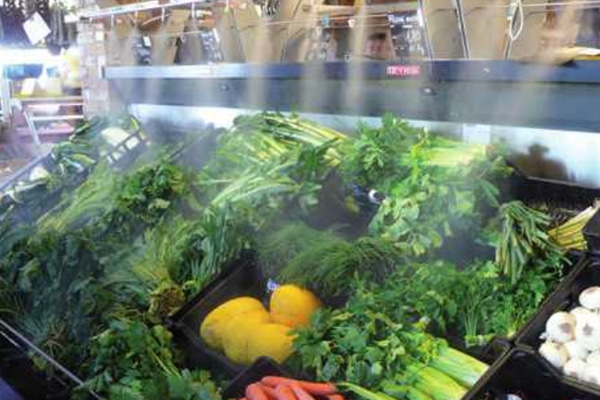Filtration
Filtration is a process used to separate solid particles or impurities from a fluid (liquid or gas) by passing it through a medium that allows the fluid to pass while retaining the solid particles. Filtration is widely employed in various industries, including water treatment, chemical processing, pharmaceuticals, food and beverage, and environmental protection. The choice of method and medium depends on the specific application and the characteristics of the substances being separated. Here’s an overview of filtration:
1. Basic Principles of Filtration:
- Permeable Medium: Filtration involves passing a fluid through a permeable medium, which can be a physical barrier, such as a porous material or a filter membrane.
- Particle Retention: The medium retains particles or impurities, allowing only the clean fluid to pass through. The size of the particles that can be effectively retained depends on the characteristics of the filtration medium.
2. Types of Filtration:
- Gravity: In depth filtration, the fluid passes through a thick, porous medium where particles are trapped throughout the depth of the material. Common depth filtration media include sand, gravel, or fibrous materials.
- Surface Filtration: Surface filtration involves the use of a medium with a defined pore size, such as filter paper, filter membranes, or woven fabrics. Particles larger than the pore size are retained on the surface, forming a filter cake.
- Crossflow Filtration: Crossflow or tangential flow involves passing the fluid parallel to the surface of the filtration medium. This method helps prevent the accumulation of particles on the surface, maintaining a continuous flow.
- Microfiltration, Ultrafiltration, Nanofiltration, and Reverse Osmosis: These are specialized forms that target particles or molecules of specific sizes. They are often used in water treatment, food processing, and pharmaceutical industries.
3. Filtration Media:
- Filter Paper: A common medium for laboratory-scale, filter paper is made from cellulose fibres and is available in various pore sizes.
- Filter Membranes: Thin, semi-permeable membranes made of materials like polymeric films or ceramics that allow the passage of certain particles based on their size.
- Sand and Gravel: Used in-depth filtration for large-scale water treatment and industrial processes, where particles are trapped in the interstitial spaces between the grains.
- Activated Carbon: Employed for adsorption and removal of organic impurities and certain chemicals in water and air filtration.
- Woven Fabrics: Cloth materials with defined pore sizes used in applications ranging from simple filters to complex industrial processes.
4. Applications of Filtration:
- Water Treatment: Filtration is a crucial step in water treatment to remove suspended solids, bacteria, and other contaminants before distribution for consumption.
- Pharmaceuticals: Used in pharmaceutical manufacturing to purify liquids and separate particles from drugs and biological products.
- Food and Beverage: Filtration is employed in the food and beverage industry for clarification, sterilization, and removal of impurities in liquids and gases.
- Chemical Processing: An integral in chemical processes to separate solids from liquids or gases, purify chemical products, and protect equipment.
- Air Filtration: Used in heating, ventilation, and air conditioning (HVAC) systems to remove dust, allergens, and particulate matter from the air.
- Oil and Gas Industry: Filtration is applied to remove impurities, water, and solids from oil and gas streams during production and refining processes.
5. Process:
- Pre-Filtration: Involves the removal of large particles through coarse filtration to protect downstream filters.
- Main Filtration: The primary process where the bulk of the particles or impurities are separated from the fluid.
- Post-Filtration: Further steps, if necessary, to achieve the desired level of purity.
6. Equipment:
- Filter Press: Applies pressure to force a slurry through a series of filter plates, separating solids from liquids.
- Cartridge Filters: Contain replaceable cartridges with specific pore sizes for various applications.
- Bag Filters: Use disposable bags to trap particles in the fluid.
- Membrane Filters: Thin films that selectively allow passage based on particle size.
- Centrifugal Filters: Use centrifugal force to separate particles from the fluid.
7. Considerations in Filtration:
- Pore Size: Selection of the appropriate pore size is critical to achieving the desired level for specific applications.
- Flow Rate: The rate at which fluid passes through the medium is important for process efficiency.
- Filter Material Compatibility: The compatibility of the medium with the fluid being processed and the potential for chemical or physical reactions.
- Maintenance: Regular maintenance, including cleaning or replacing filters, is essential to ensure continued efficiency.
Filtration is a versatile and widely used separation process that plays a crucial role in various industries, contributing to the production of clean water, high-quality products, and the protection of equipment and processes. The specific choice of method and medium depends on the unique requirements of each application.
Founded in 1982, Tecpro Australia has developed an enviable reputation for providing reliable and cost-effective technical solutions for a vast range of industrial applications.
* Spray Nozzles
* Valves, Filters & Accessories
* Design, Fabrication & Consulting
Our customers benefit from the following:
• Access to a broad range of quality solutions and technical advice
• Local sales support and customer service with a focus on integrity and honesty
• Over 30 years experience of providing expertise and solutions
• Quality European manufactured products.

